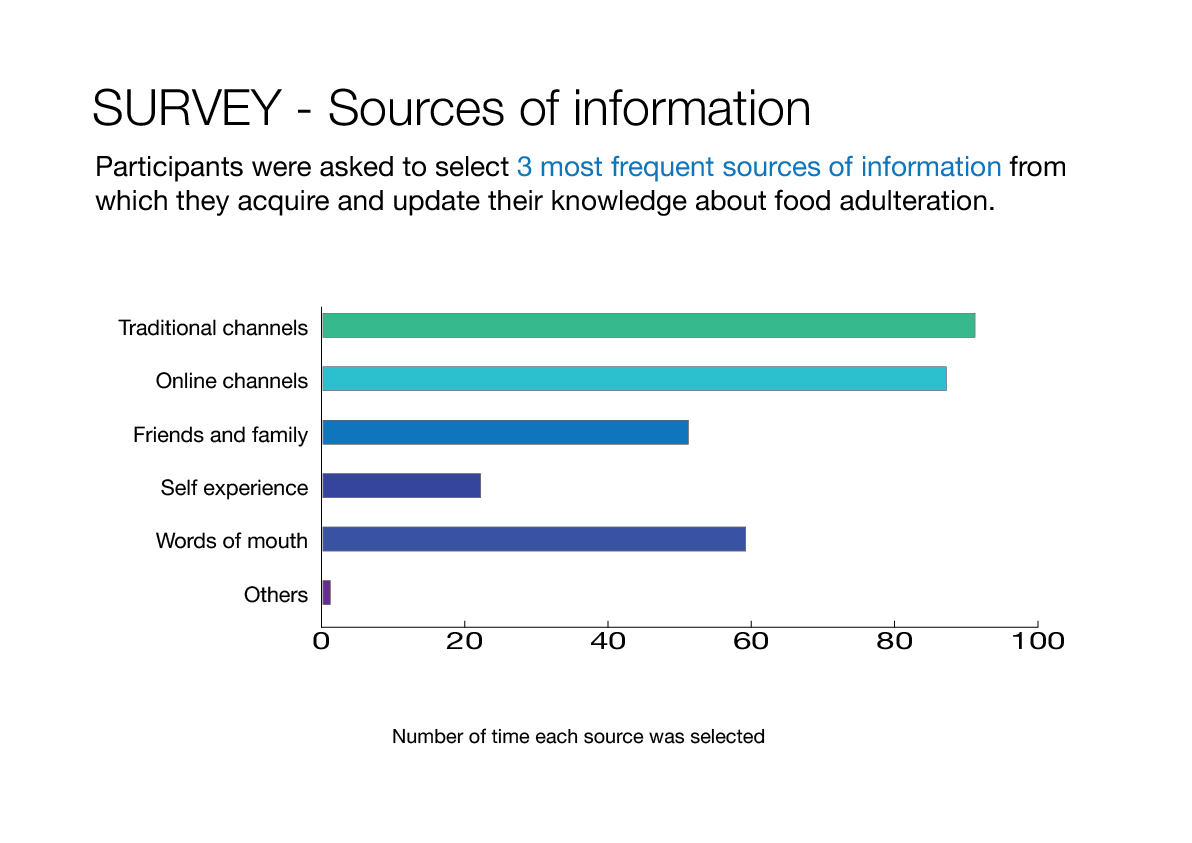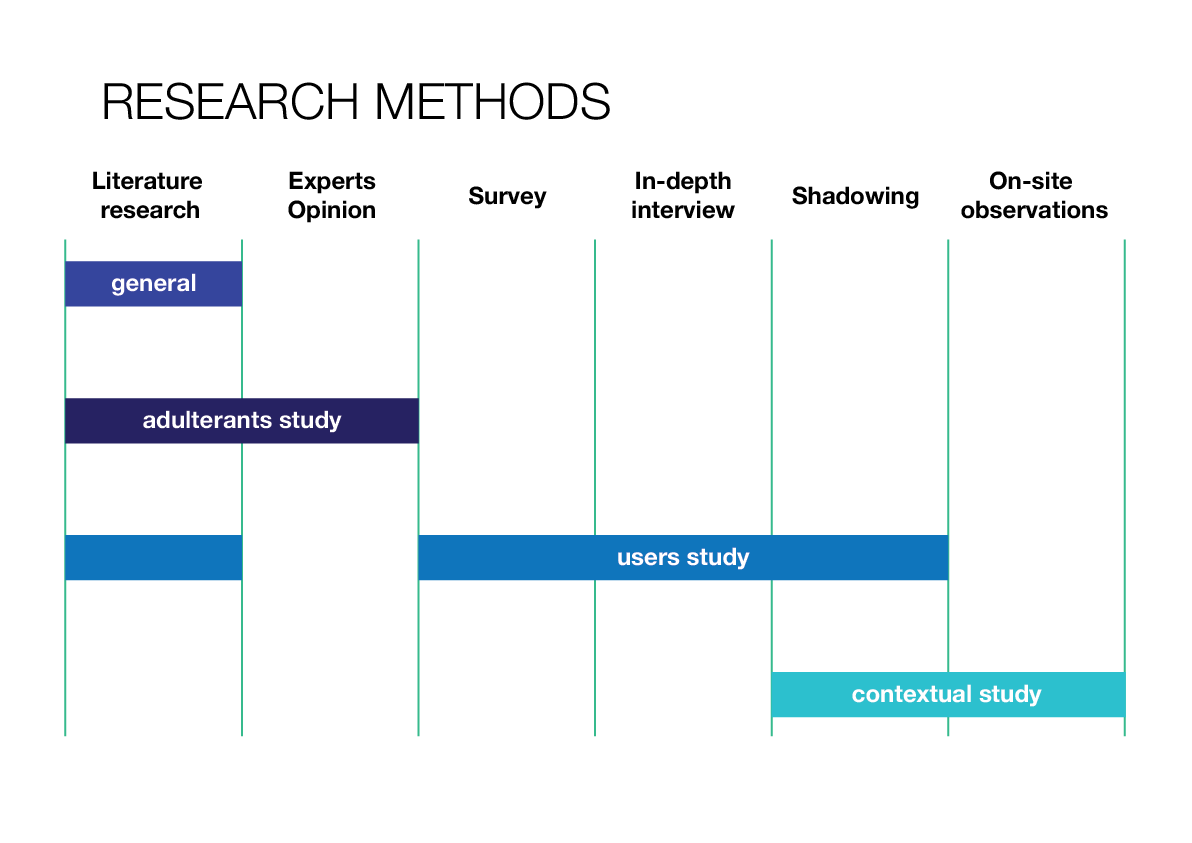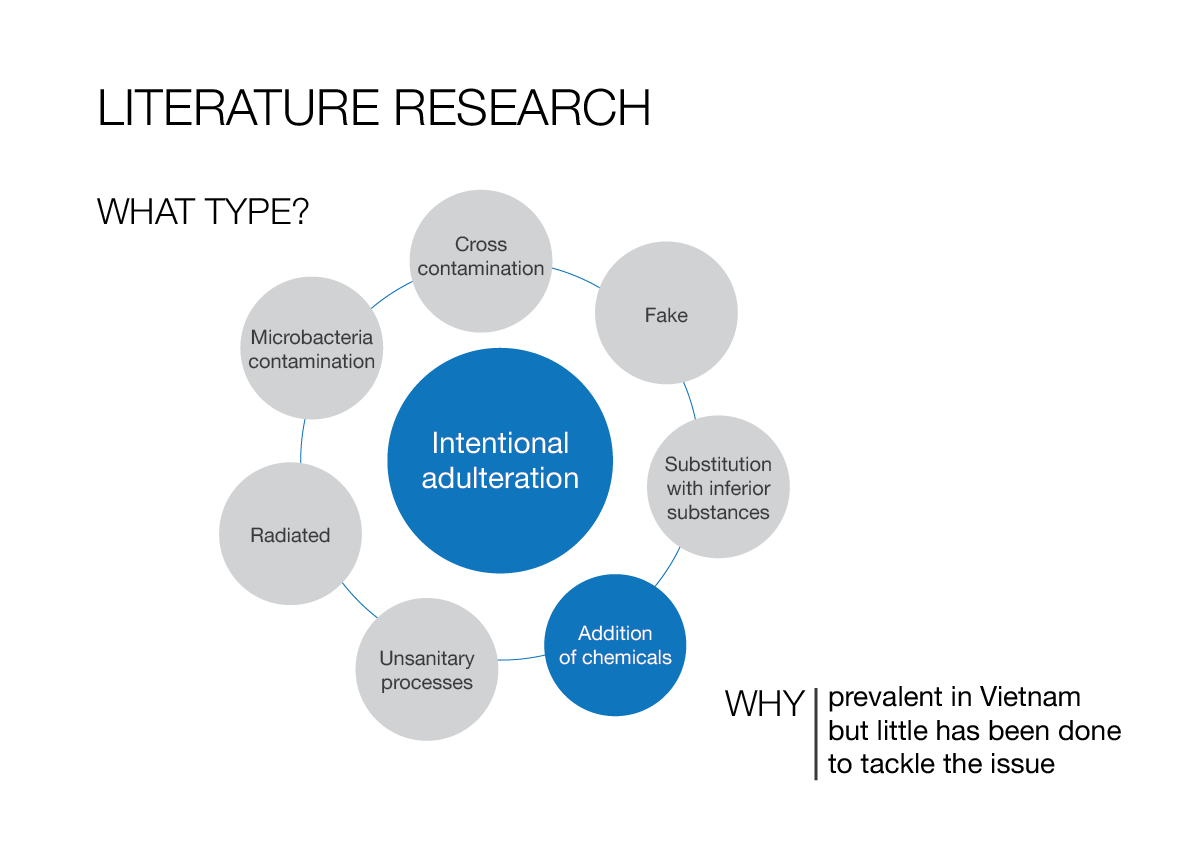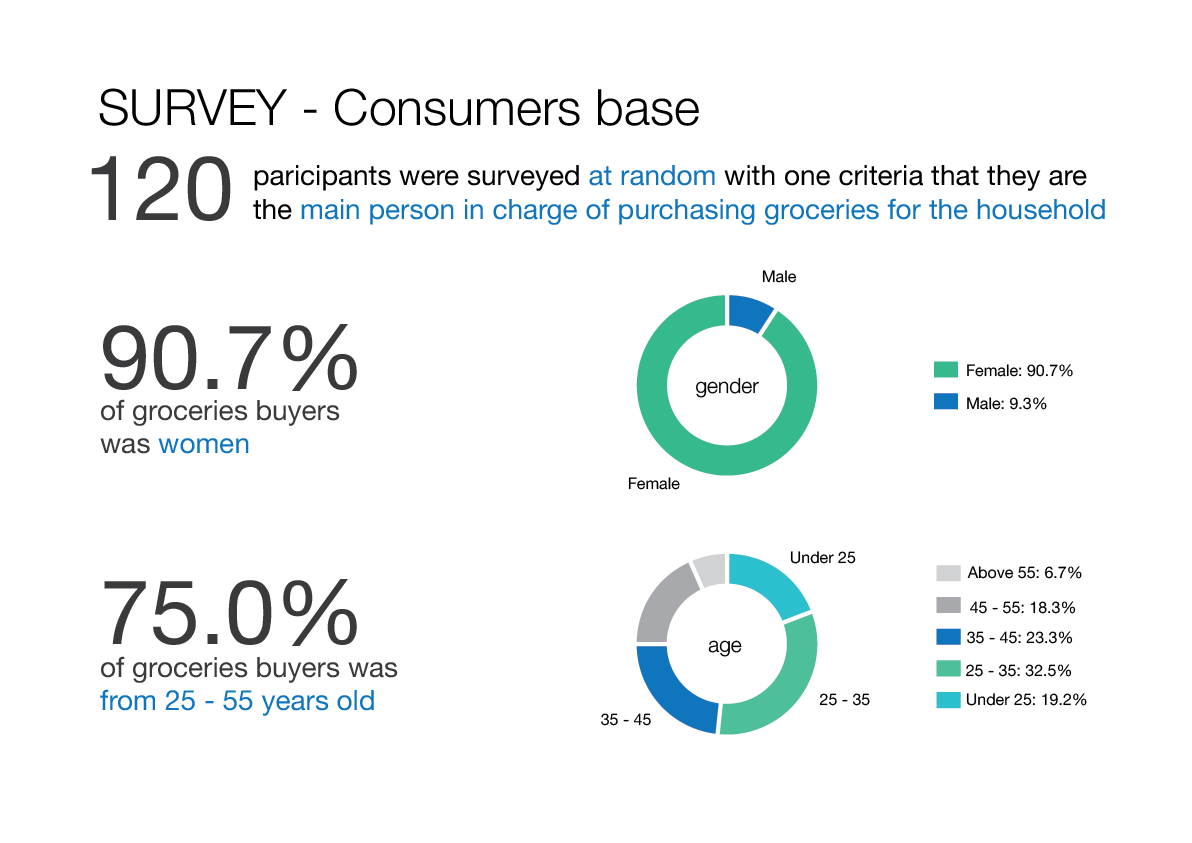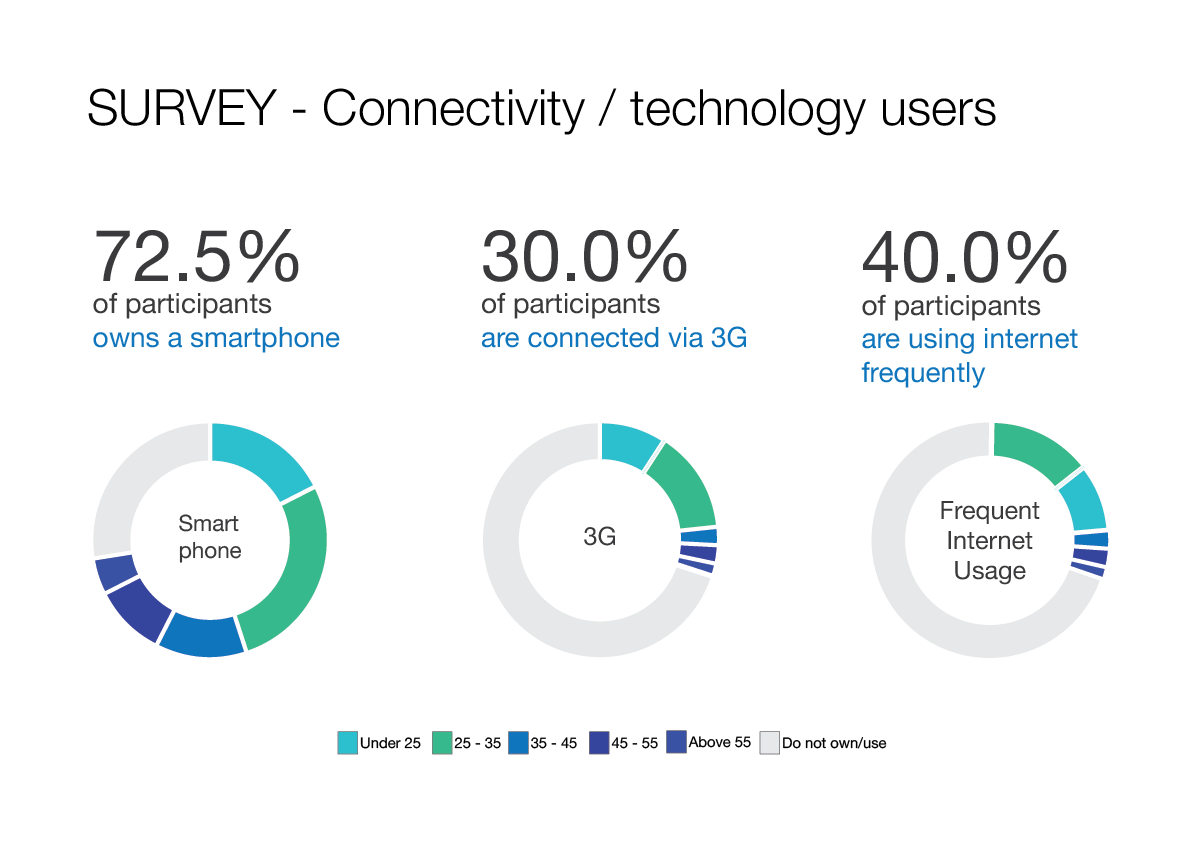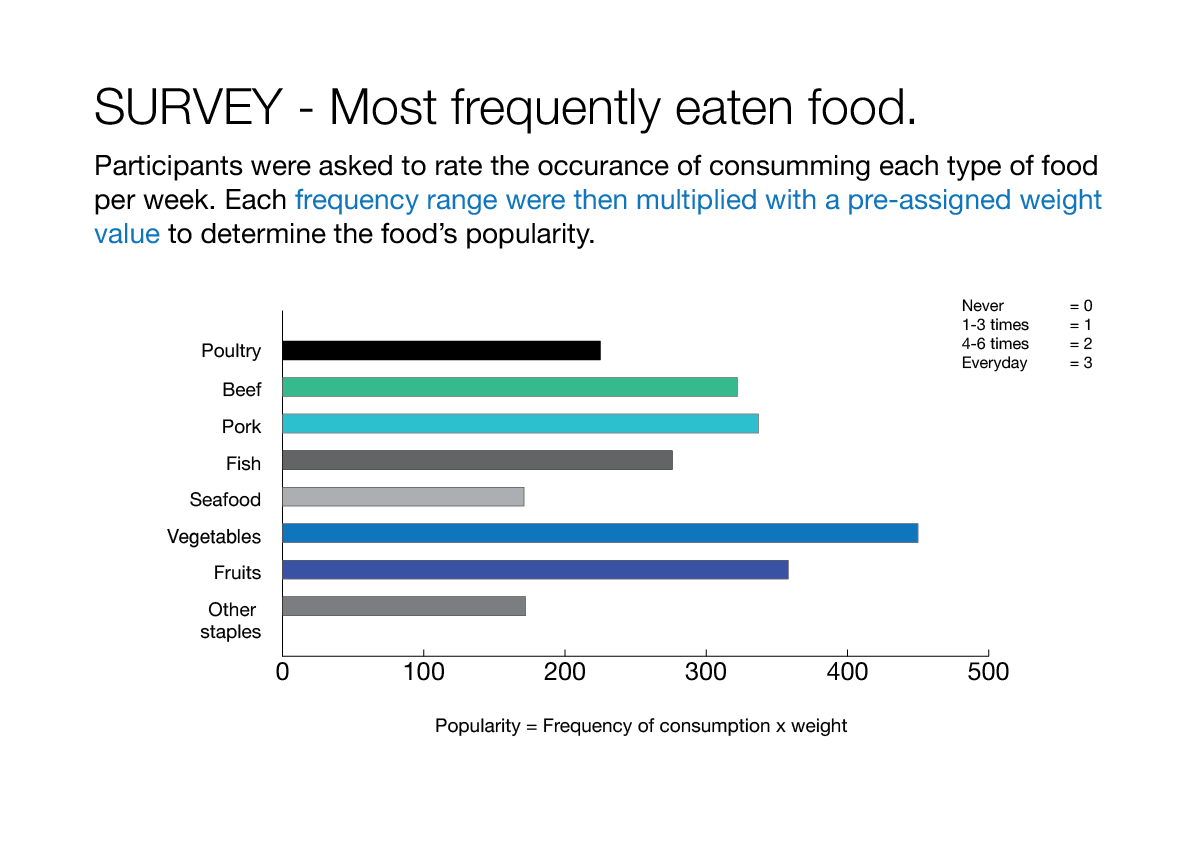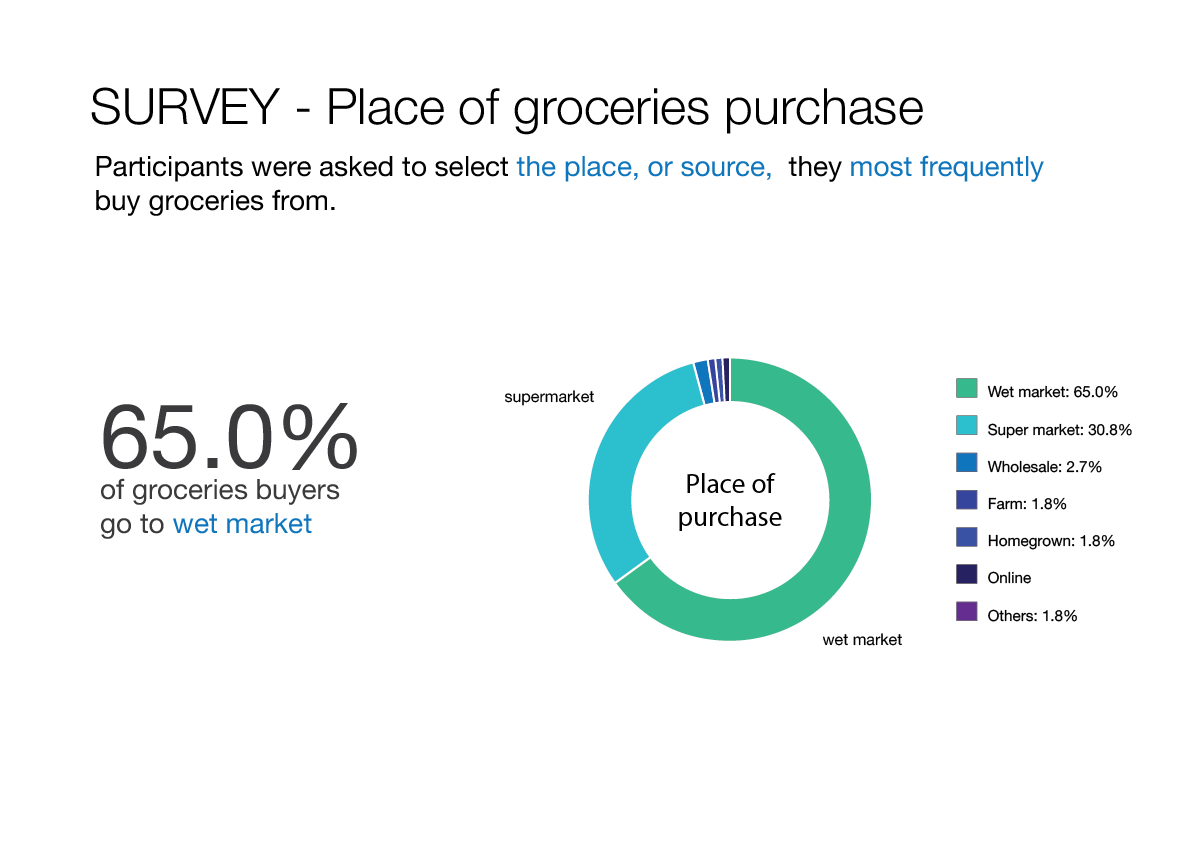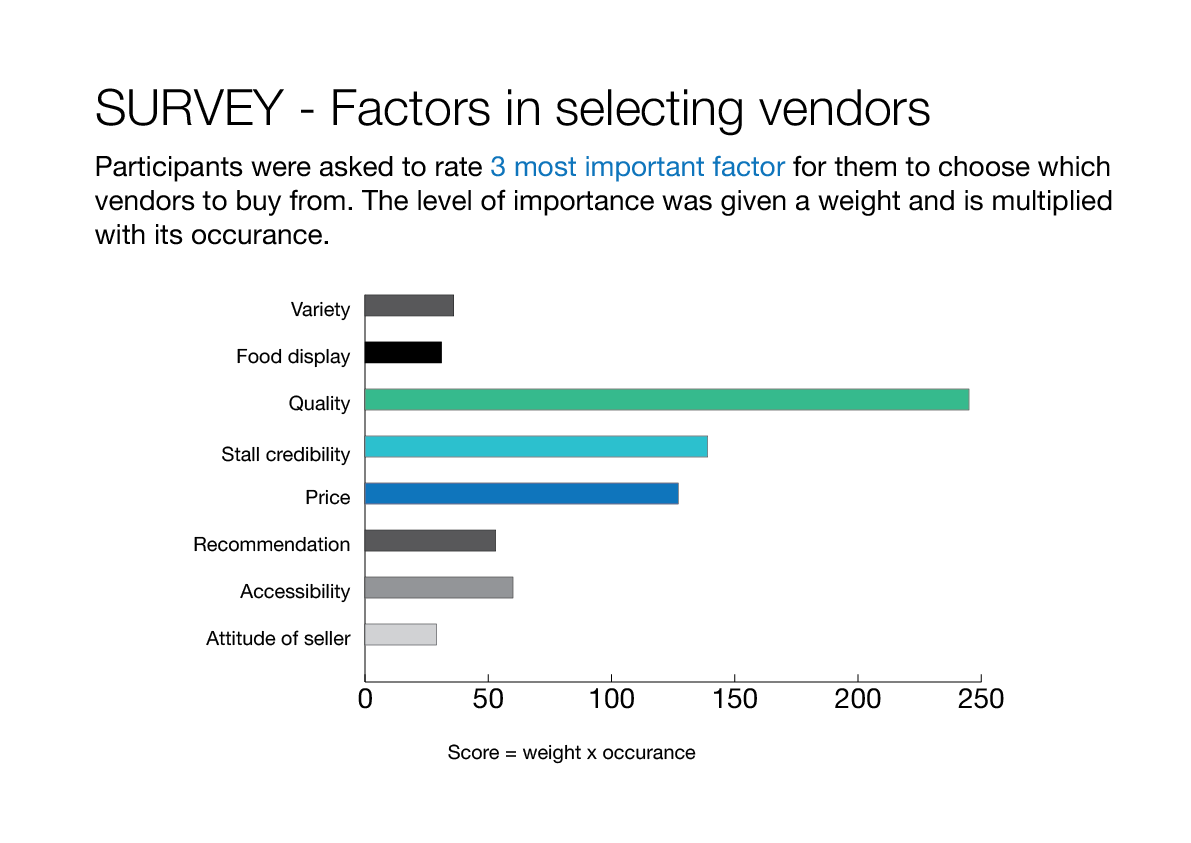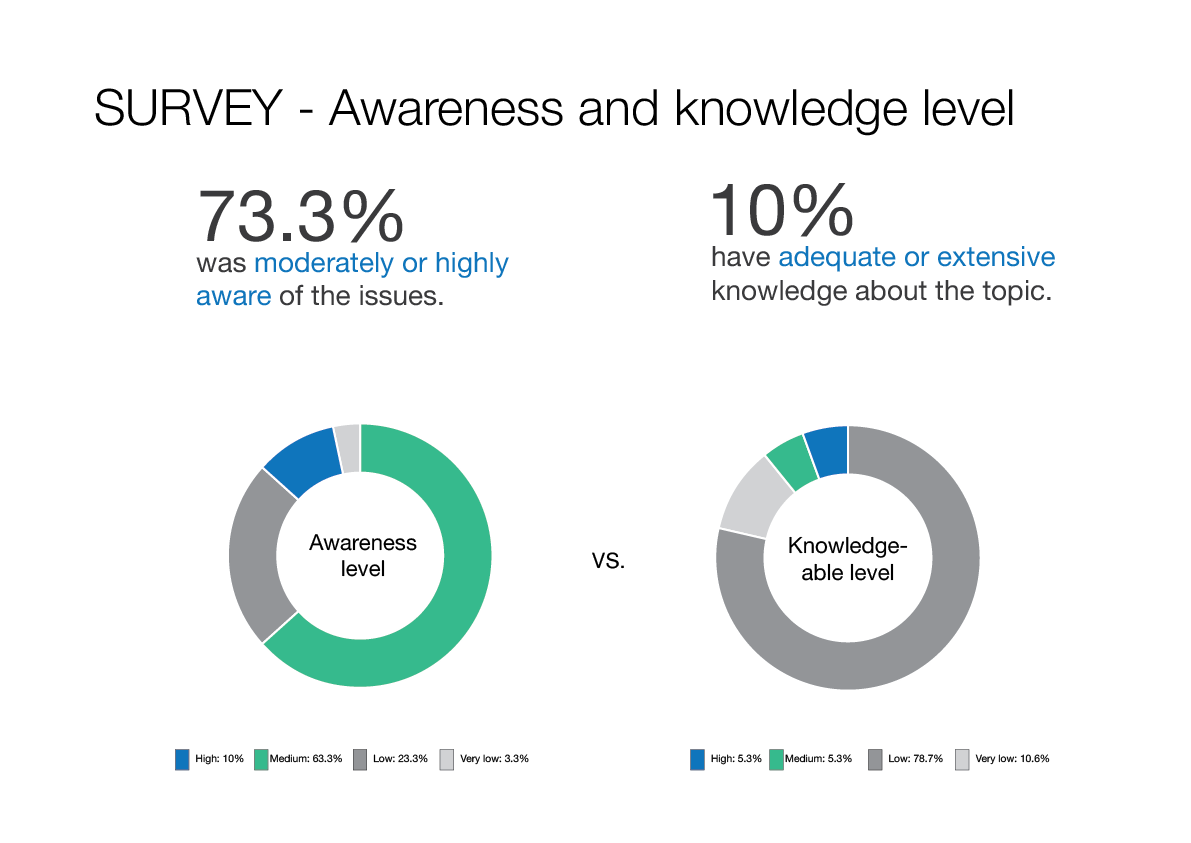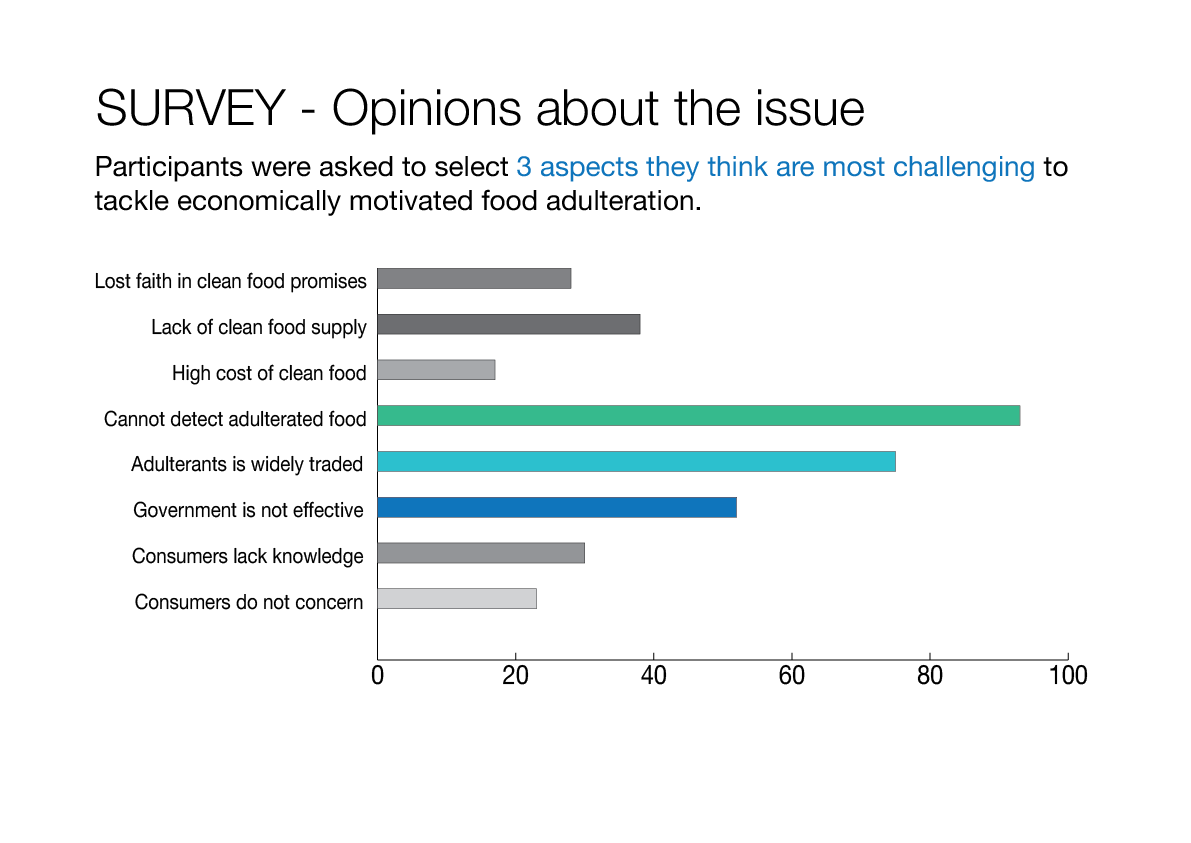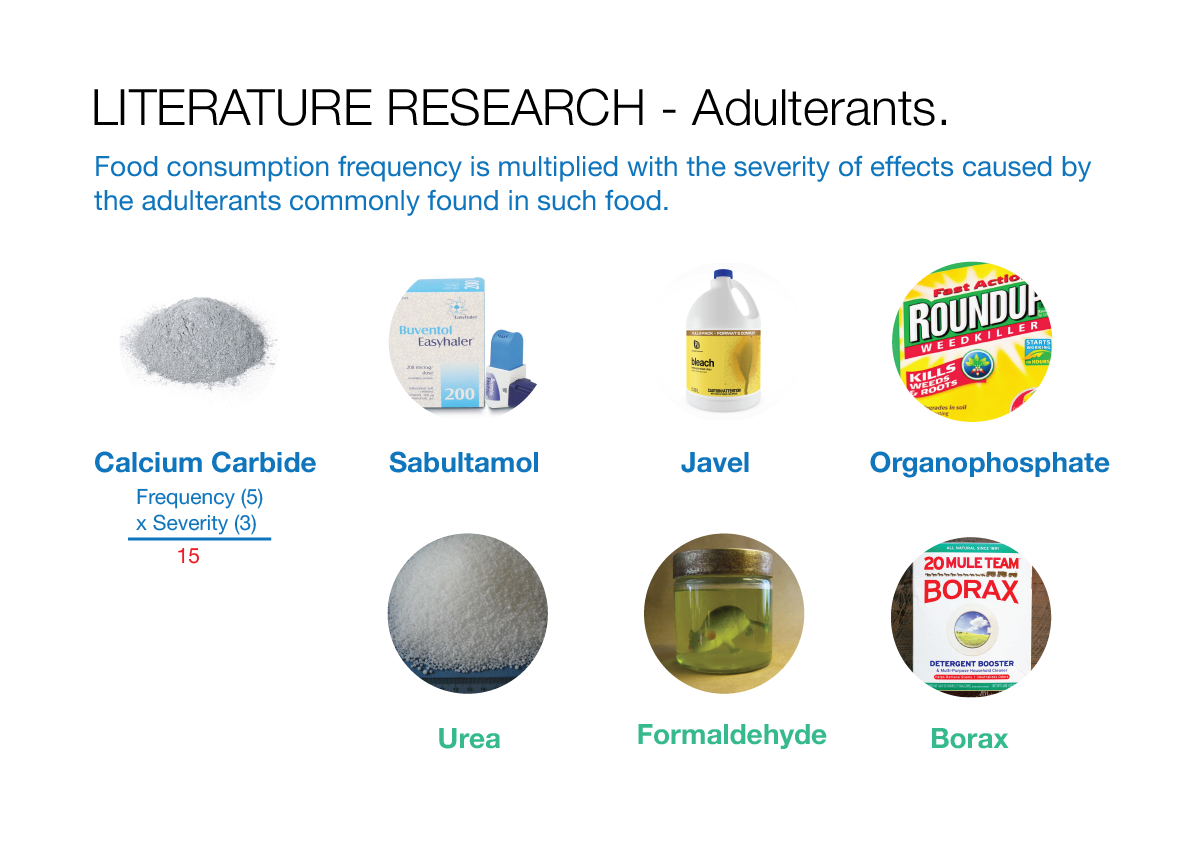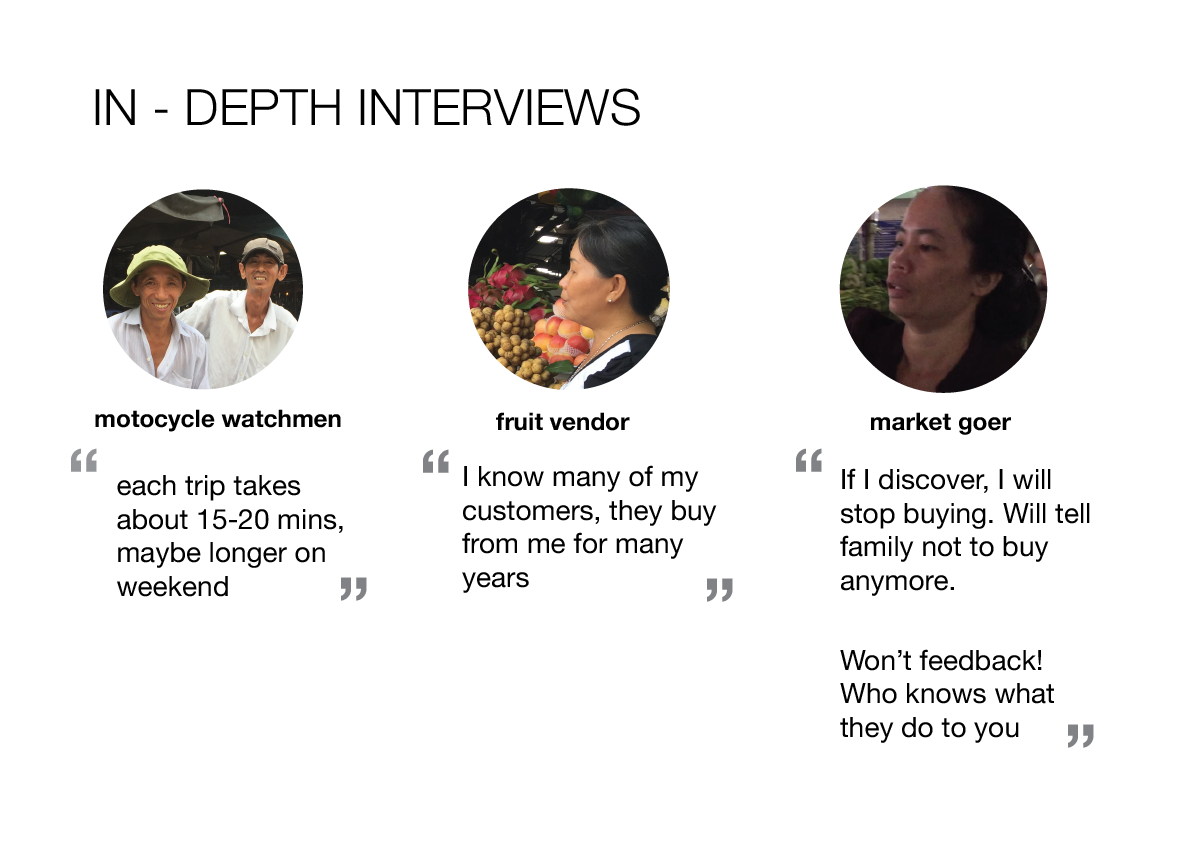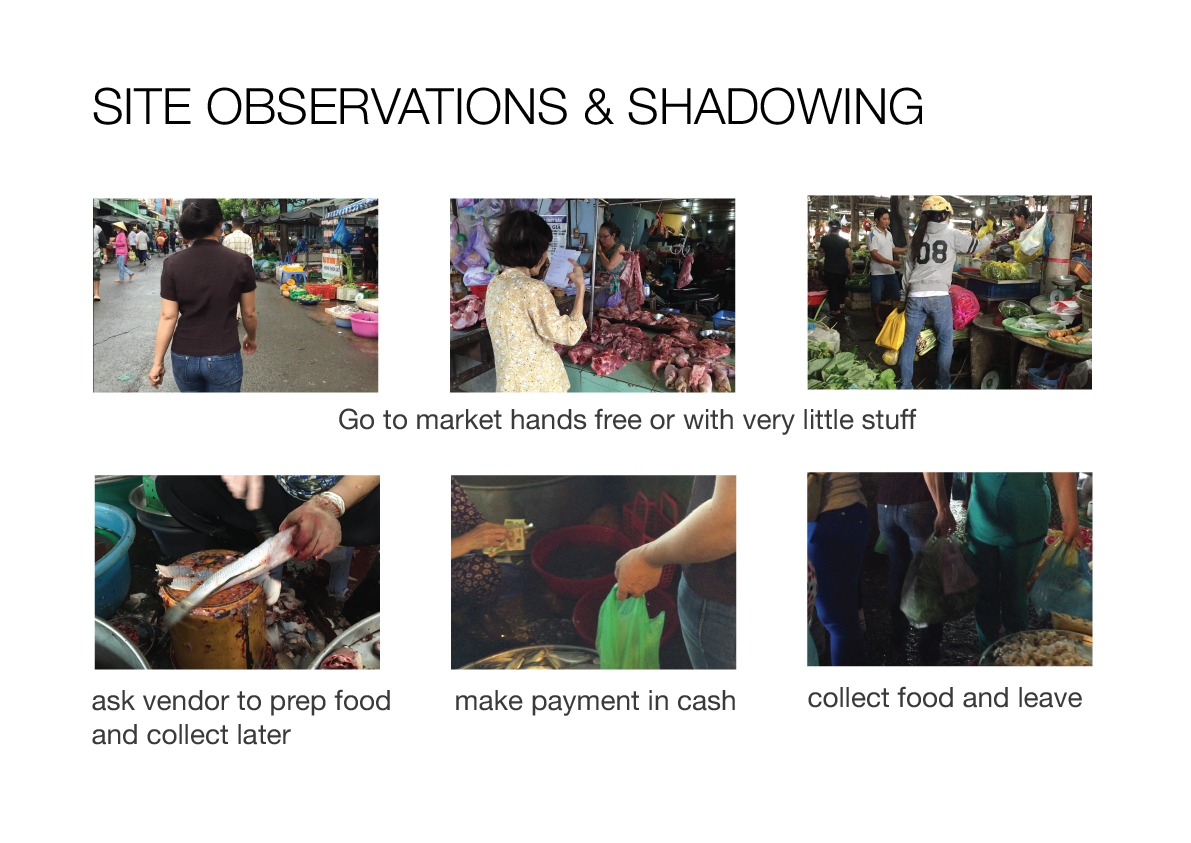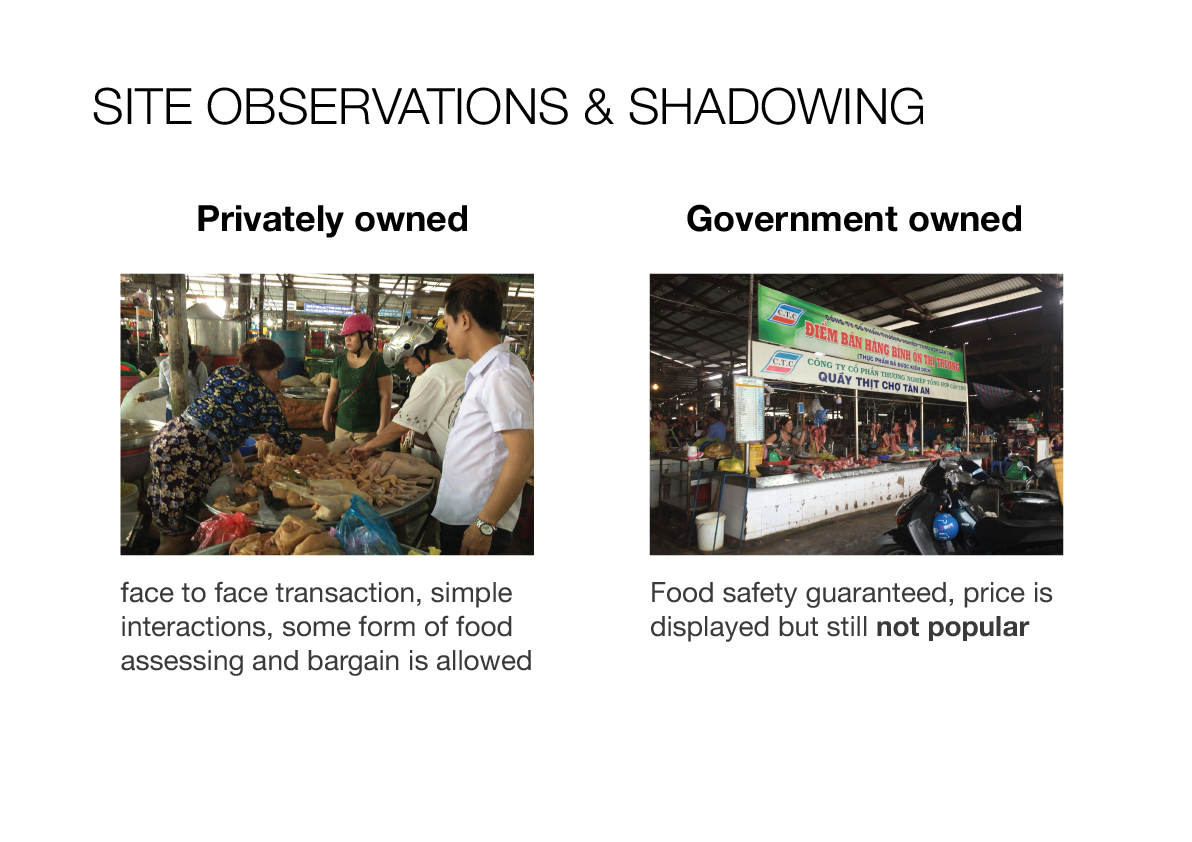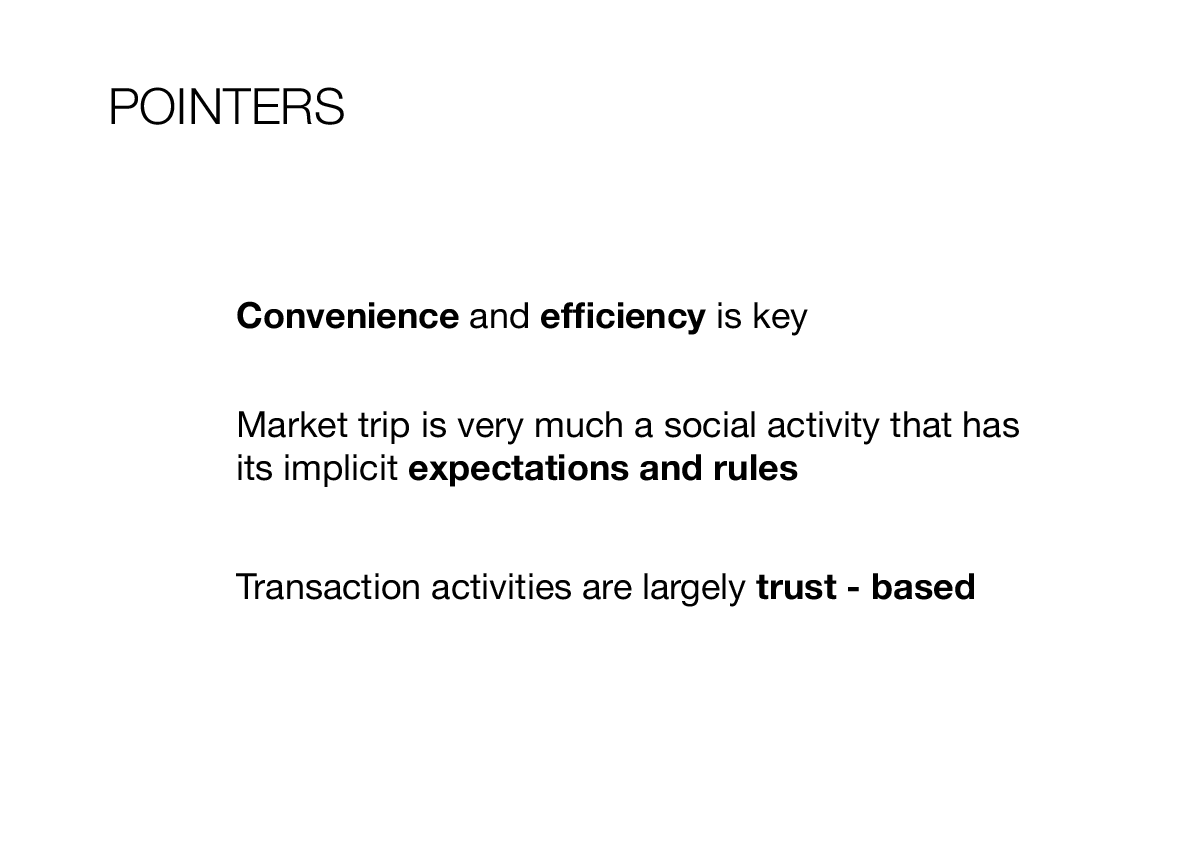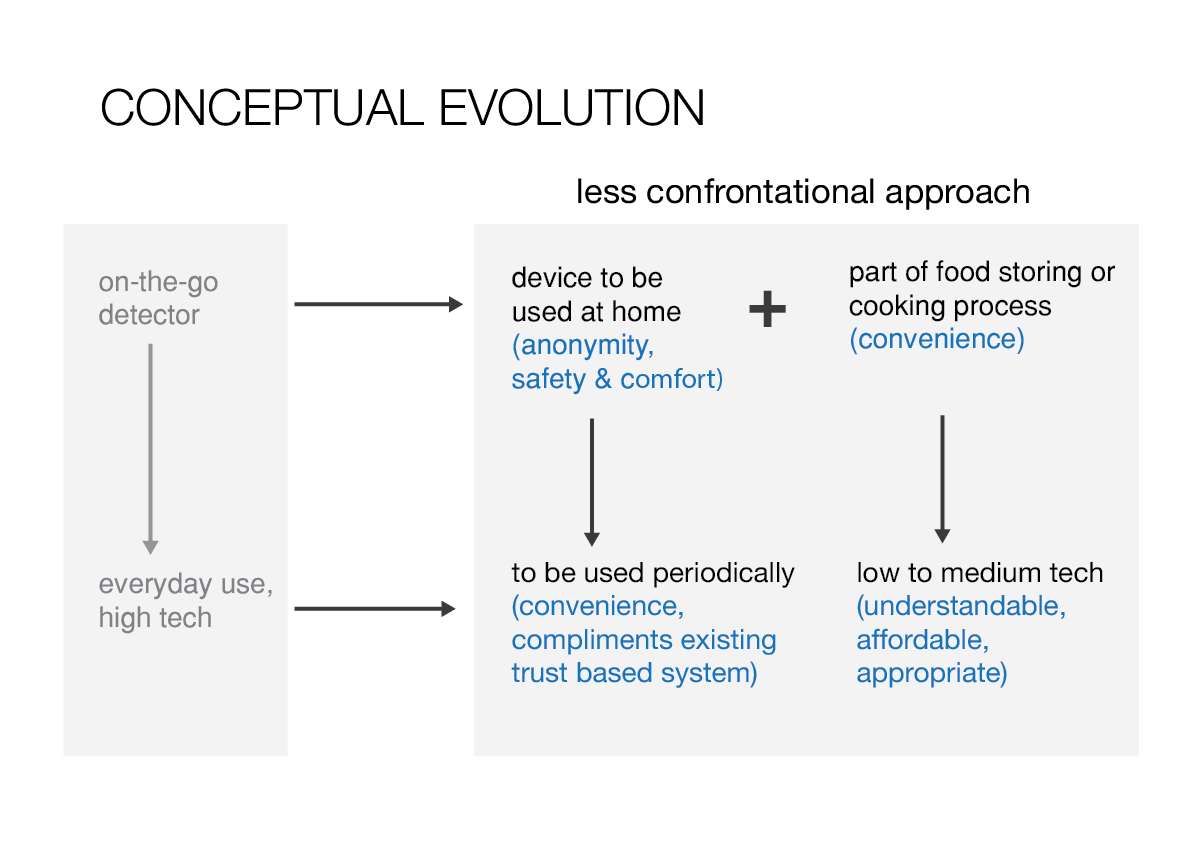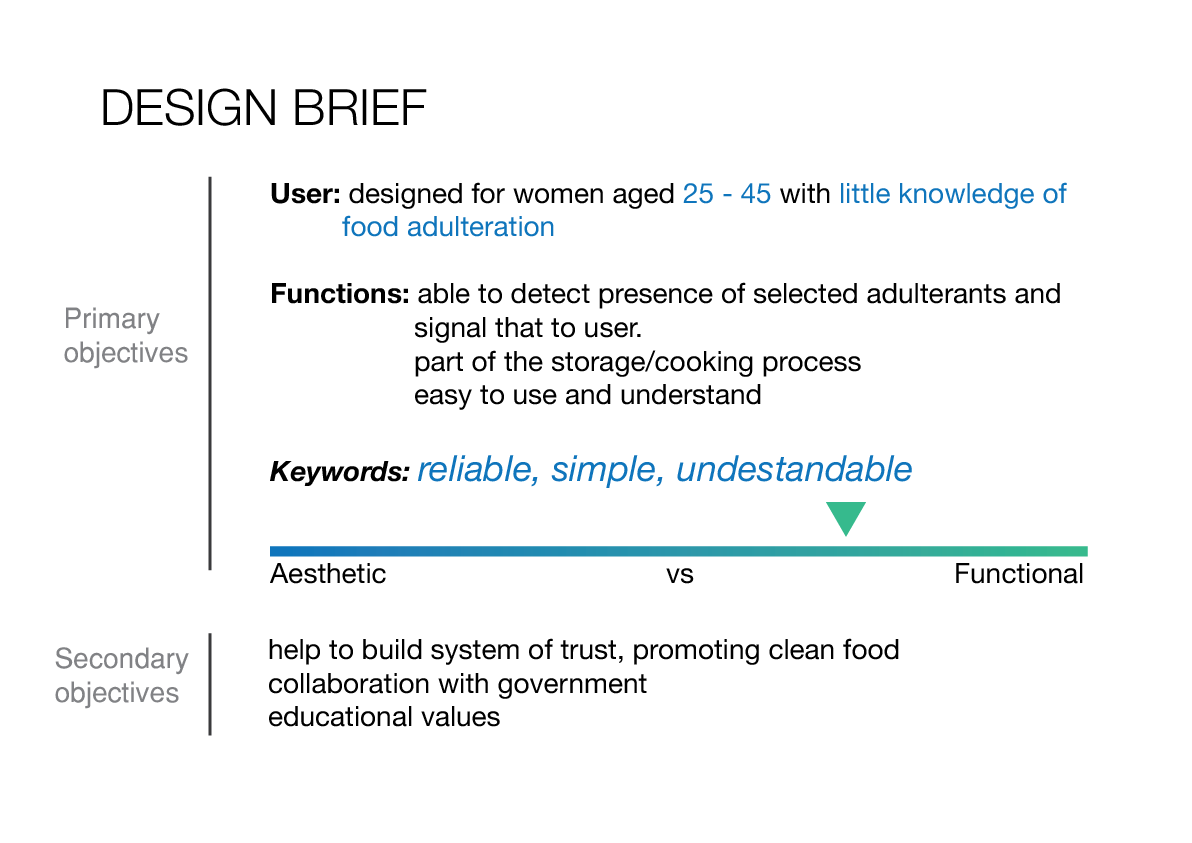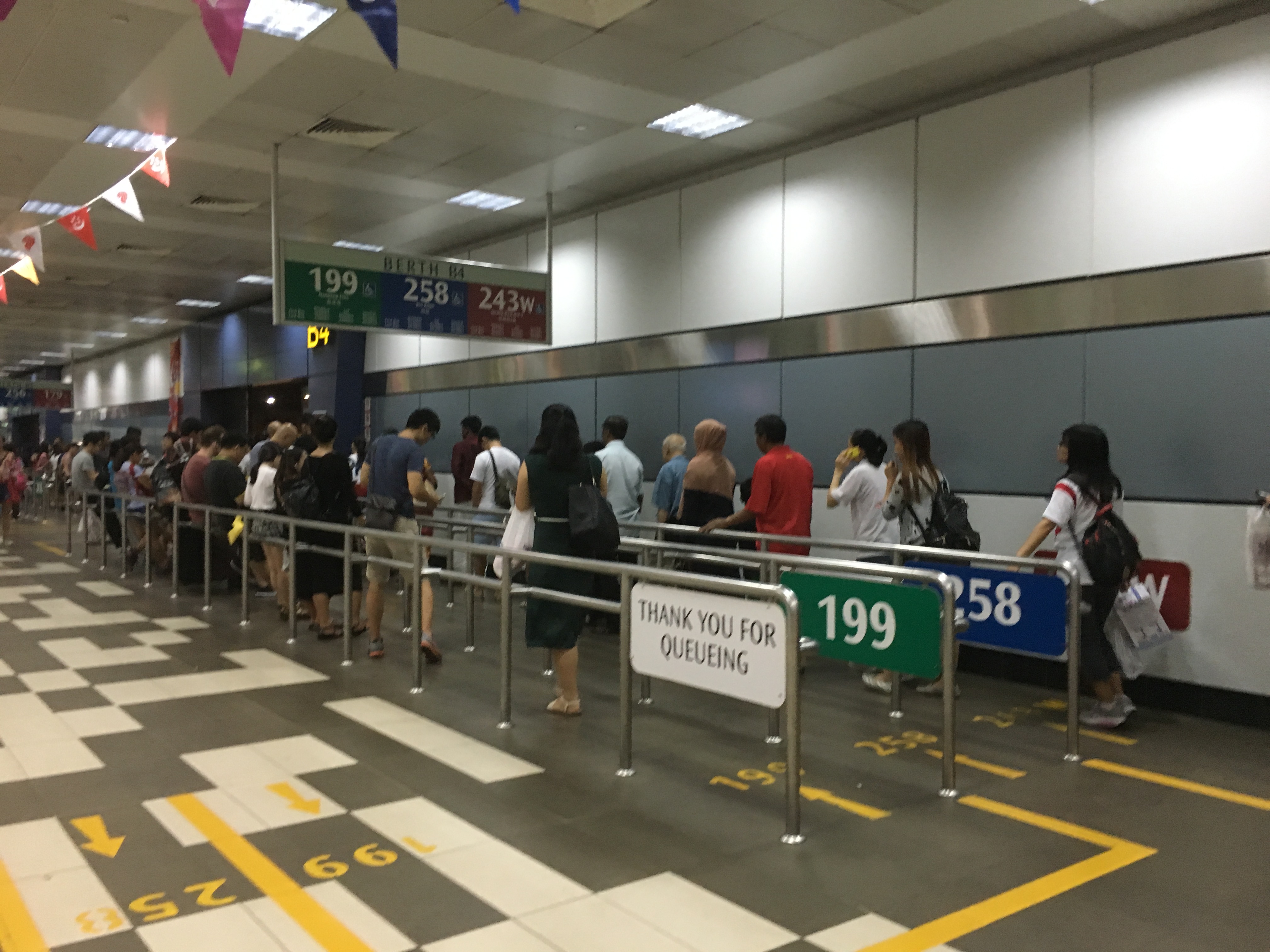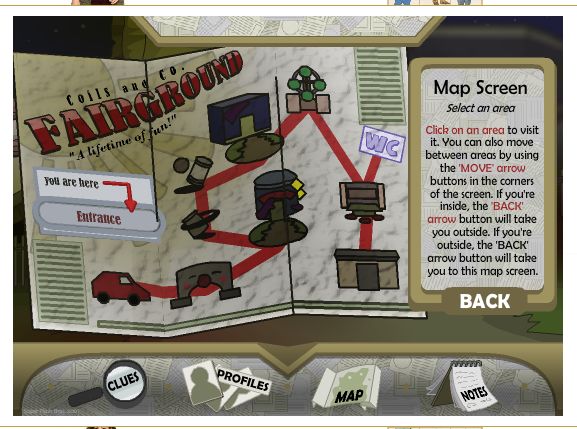[ I have problem uploading photos so I will add them in later ]
On Monday 18th September, our class went to FUTURE WORLD: Where Art Meets Science Exhibition on a field trip. We were guided by Mr.Katsu from Teamlab, the creator of this exhibition. He shared with us the ideas and the creative process behind those works.
The exhibition was divided into 4 different sections: Nature, Town, Park and Space, each with a specific subject of interest. For examples, we found works featuring flowers and the sea in nature, vehicles and city blocks in town, aquarium in park and the universe in space.
What is experience design and what are the possibilities of responsive environments?
From this exhibition, I have formed an understanding that experience design is the process of planning and creating an experience for the user as a response of his interactions with the environment or product. In this process, designers try to create a media through which the experience is delivered and they have to make sure users provide the correct input to generate the desired output (which I believe is a highly scientific concept). In this exhibition, users’ behaviors is an important source of information because their actions are exactly the input for the artworks to create responses that alter audience’s experience. A more interactive experience seems to be when input and output are constantly on the exchange as compared to a passive one.
In this exhibition, the input comes from many sources of audience’s actions and the environment responses in many different ways. For examples, a step on the projected image of a flower in the room consisting artworks like Flowers and People will cause the flower to immediate disintegrate, while a ball thrown by the audience in Light Ball Orchestra will create humming sounds and changing the ball colors.
Sometimes it is more immediate and “real-time” interactive, sometimes it is more passive. For examples, in Connecting Train Blocks, a path is instantly connected between the same color blocks that are moved by the audience. This is a more interactive experience as compared to 100 Years Sea Animation Diorama where audience only sits and watch as the sea animation goes on.
My personal favorite work was Crystal Universe in the Space Section. In this work, we walked through a path that feels immersed in this universe of crystals hanging in mid-air and lights were passing through with different patterns, creating a sense of movement. I realize the grid format for light installation was to make programming light patterns possible. Also, the room was built with reflective surfaces, making these crystal multiplies visually in space, creating a real sense of immersion. Honestly, I felt like I was walking mid-air at first, which was a really cool experience. This works also allows the audience to send in their wanted crystals to be animated. However, I found that this part of the work was not well executed as I could not figure out whether my selected crystal was being played or when it will be played.
I think it was also interesting to note that the physical environment in which the activities take place was also tuned to best enhance the experience. For examples, we have flowery perfume in the flower room to better suggest the sensory of being surrounded by flowers. We also have bean bags to lay down and watch the sea animation because it takes a while for that animation to runs. Interestingly, I realize a large part of this exhibition is child-friendly. For examples, the design of artworks like Table Where Little People Live or Create! Hopscotch for Geniuses including features that are directly related to child play. The furniture in those areas was lower to suit children’s height, the activities are simple and there were helpers in some section to guide the children along.
The activities in those children sections, however, seem also highly enjoyable for adults. This intrigues me. How did the creator of these works select the activities that are suitable for both children and adults? How did they see the similarities and differences between a kid and an adult audience?
The artworks in this exhibition showcase different interactive technologies. As discussed by Mr.Katsu, the team consists of mostly engineers and the bulk of artwork creations are actually on constructing and building the work, not on conceptualization. Through the process, they built a database of knowledge that helps them expand and adapt one concept to the next. I am very impressed by how their team of largely engineers and designers can work together so effectively that the technologies are artworks themselves, not just a tool or a subordinate part of the exhibition. I wonder what was the design process and communication framework between their teams?
How might this change the way we think about the world around us and the ways that we communicate with each other?
Through this exhibition, I feel that future technologies can turn any physical thing into a communicable object through which information can be passed in forms afforded by the object’s features and inherent quality. For examples, anything with a surface can afford messages to be displayed or anything with lights can communicate through light patterns.
Also, communication may not only happen between humans but also inter-species, living vs. non-living objects…etc once we find out a way to interpret and create a medium/language that translate between the two. I feel that works such as Flowers and People, Cannot be Controlled but Live Together – A Whole Year per Year, Ever Blossoming Life II – A Whole Year per Year, Dark Flutter of Butterflies Beyond Borders and 100 Years Sea Animation Diorama is precisely about nature communicating with humans. While at this moment the designers and engineers are behind this process, in the future it could be possible that somehow nature can communicate for itself through media that humans create.
In this way, communication is expanded with possibilities of forms, content and audience. We as a user ultimately have more choices to make with regards to who we want to communicate with, using what language and through which form.
